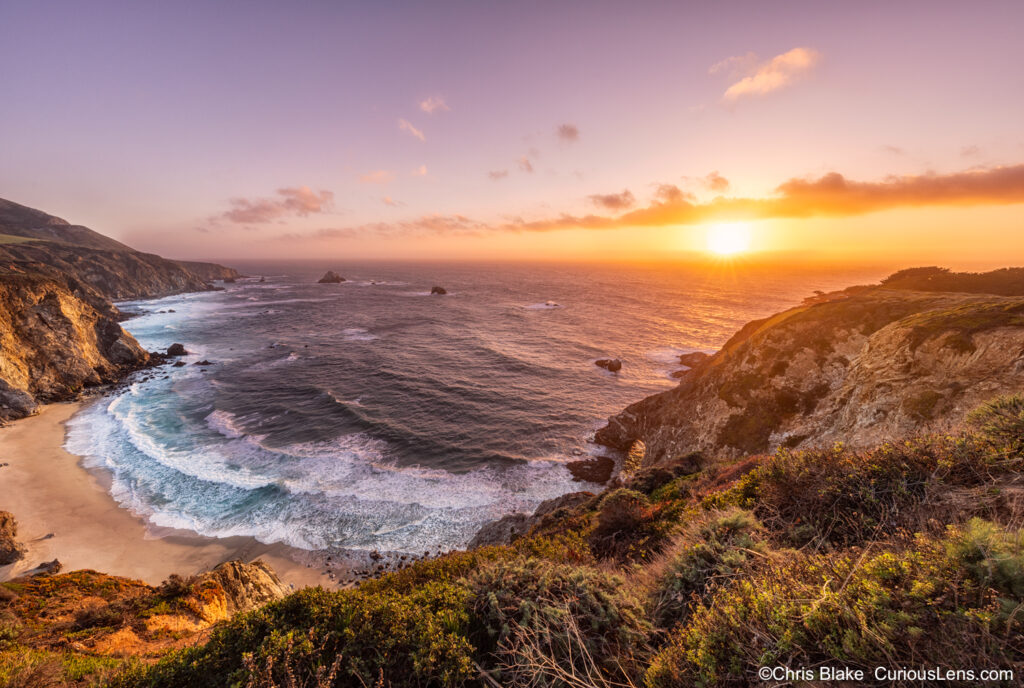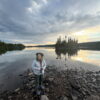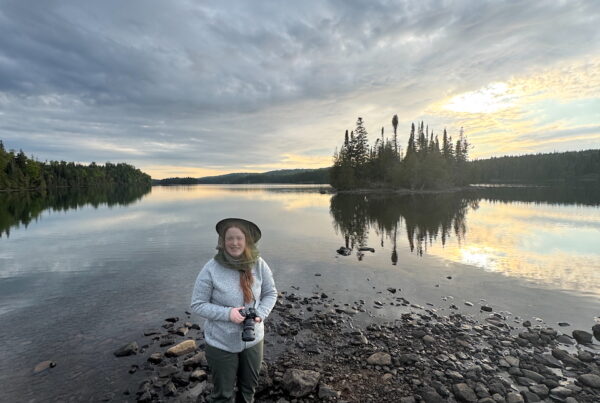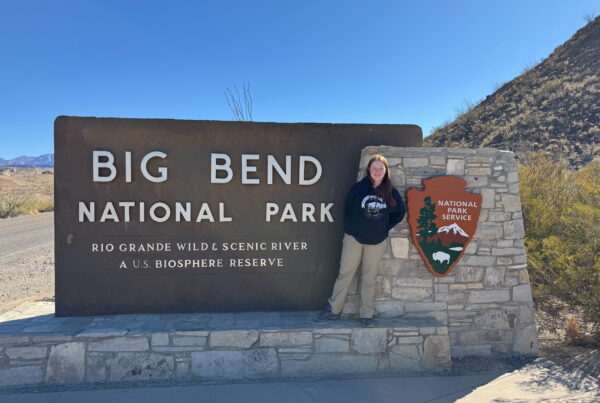
This was a spur-of-the-moment decision to visit Big Sur in mid-February. Originally, our itinerary included flying west to explore Crater Lake National Park and then Pinnacles National Park. However, winter travel can be unpredictable, and just as we were about to depart, a massive snowstorm sealed off Crater Lake, closing the roads to the rim and forecasting more snow for the entire week of our visit. In a swift pivot, I reorganized our hotel bookings and we set our sights on the stunning landscapes of Big Sur instead.
Big Sur is a familiar place for me, having visited several times with my good friend Aaron, but this would be Cameron’s first glimpse. The great advantage of visiting Big Sur is that we could base ourselves at the same hotel for both Big Sur and Pinnacles, simply alternating our daily excursions. Indeed, variety is the spice of life!
Big Sur is often celebrated as “the longest and most scenic stretch of undeveloped coastline in the contiguous United States,” and as “one of the most beautiful coastlines anywhere in the world, an isolated stretch of road, mythic in reputation.” It spans from the Carmel Highlands to San Simeon along central California’s rugged coast.
Access to Big Sur was largely limited until the celebrated opening of Highway 1. Today, this route is renowned globally as one of the most picturesque driving experiences, mentioned in the same breath as Yosemite Valley and the Grand Canyon for its breathtaking vistas.
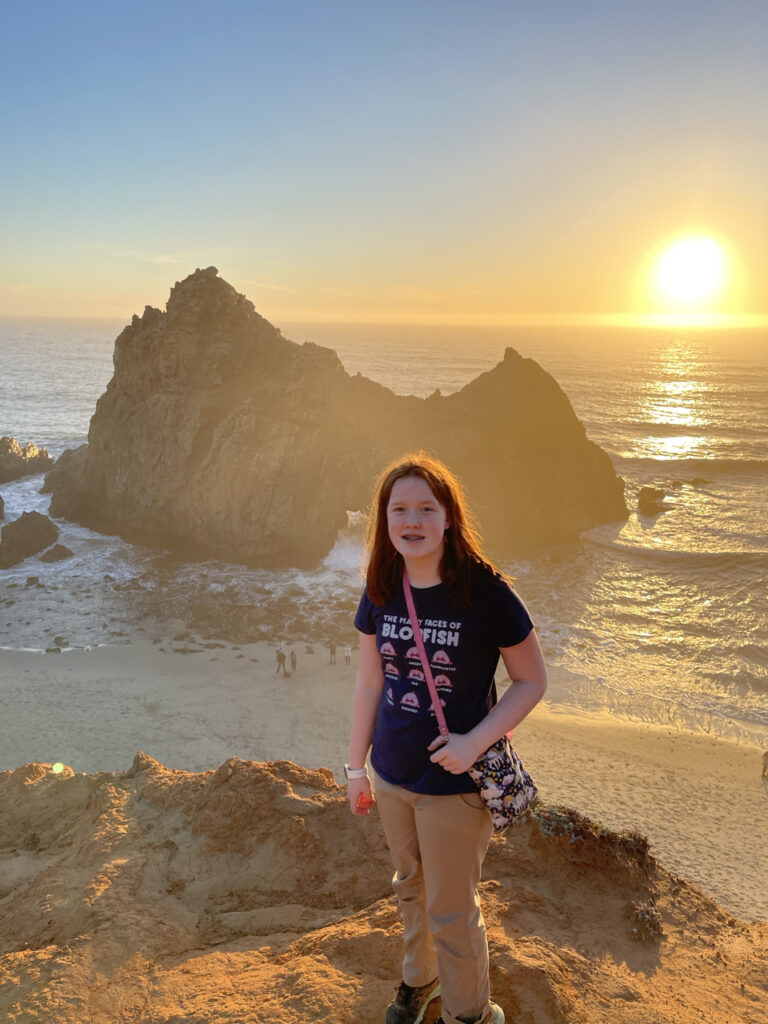
While not designated as a national park, Big Sur is safeguarded by a mix of federal lands, state parks, and reserves. Efforts to preserve this pristine coastline have been ongoing for over a century. Currently, Big Sur faces challenges from overcrowding, particularly as it is within a day’s drive for seven million people.
The region boasts some of the most spectacular beaches in the United States, characterized by dramatic cliffs, cascading waterfalls, diverse wildlife, and unique geological formations. The coastal redwood forests add to the area’s natural allure.
We opted to stay in Salinas, California, roughly 30 miles from Point Lobos State Park—the gateway to Big Sur—and about 1 to 1.5 hours from Pinnacles. Salinas offered a convenient array of amenities for our weeklong stay, including diverse dining options, shopping, quality hotels, and the essential In-N-Out Burger. Visiting in winter proved wise, as the cooler temperatures—highs in the 60s and lows in the 40s—meant fewer tourists.
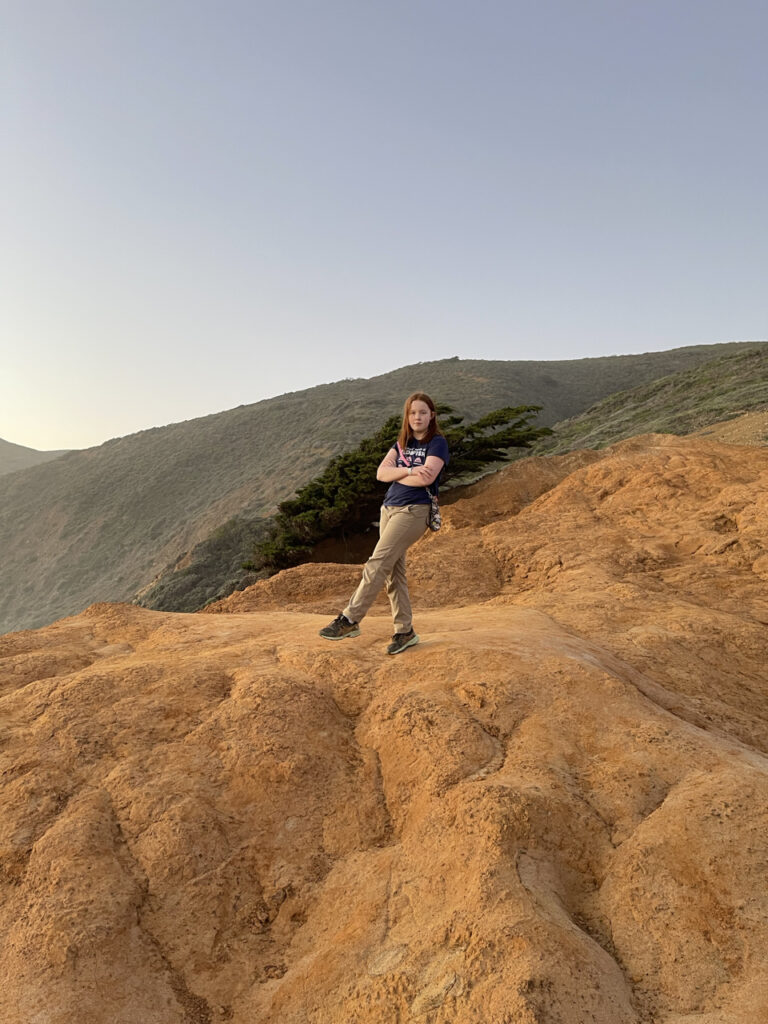
Our first evening in Big Sur involved a visit to Point Lobos State Park, perhaps the most renowned park in the area. Notably, the park now closes at 5pm, a change since my last photography trip there. After exploring Point Lobos, we ventured to China Lookout, enjoying a sunset from its rocky beaches amid a handful of scenic trails.
We next explored the effects of a recent massive landslide that had swept a significant section of Highway 1 into the ocean near McWay Falls, reducing visitor traffic considerably. Although many trails were closed, we found a splendid spot to enjoy the sunset, reflecting on the ever-changing landscape shaped by natural forces since 1980.
Pfeiffer Beach was our next destination, arguably the most picturesque beach on the West Coast. Despite a cloudy forecast, the scene was set for a potentially stunning sunset. The beach, accessed via a hidden, winding route, charges a $12 entry fee. It’s famous for Keyhole Arch, where the sun aligns perfectly in December and January to create a breathtaking visual spectacle. We chose a secluded spot on a nearby hill for a more private sunset experience, which, despite the dispersing clouds, ended beautifully.
Our subsequent visits to Point Lobos State Park were timed with low tides, allowing us to explore vibrant tide pools and discover an array of sea life, from starfish and purple sea urchins to various crabs and snails.

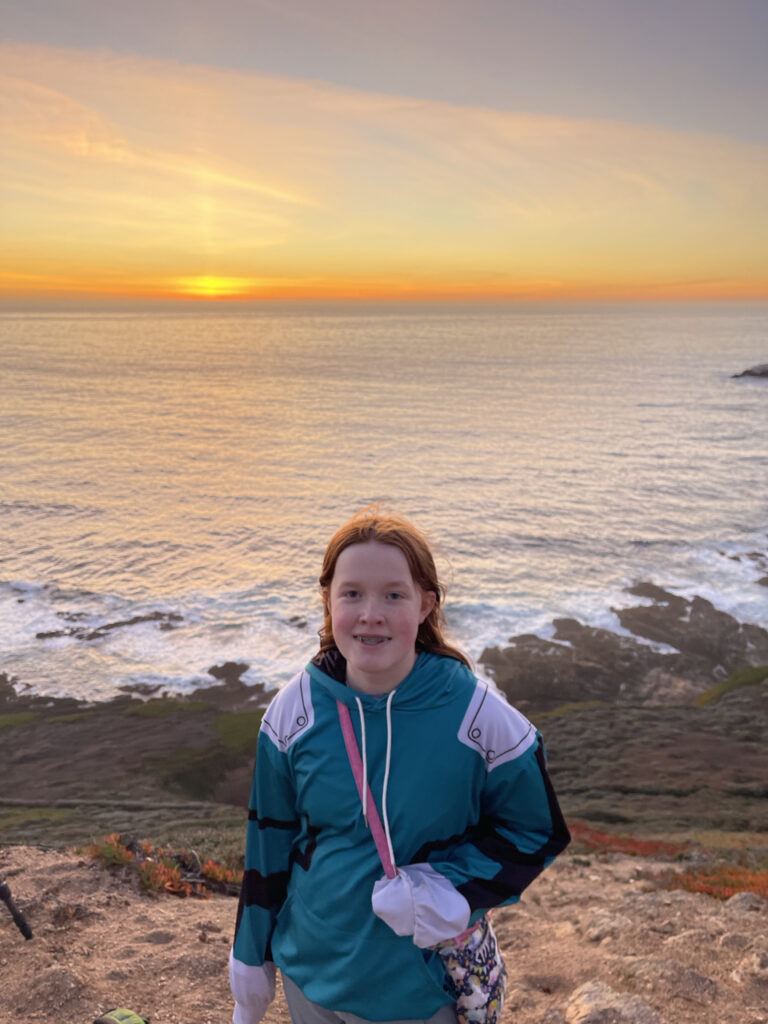
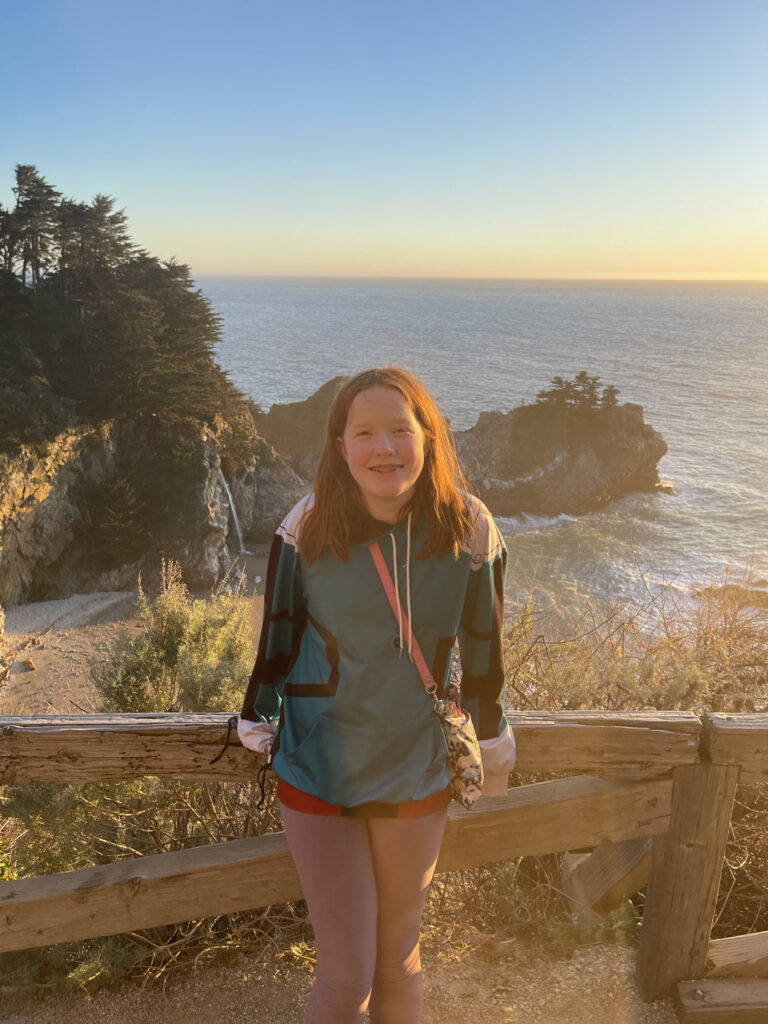
On our final day, we visited Carmel-by-the-Sea, then Soberanes Point and Whale Peak, where a number of trails lead down to the ocean. Our day concluded with a sunset from atop a tall hill, under a sky filled with clouds illuminated by the fading sun—a magnificent finale to our Big Sur adventure.
The following day, we resumed our journey northward to Crater Lake National Park in Oregon, eager for the next chapter of our travels.
